|
Navigating the Process Identification Webpages The Identification section of the Graphics Atlas was designed to enable the online viewer to familiarize themselves with the defining characteristics of a multitude of print processes and to teach one how to identify the prints in their own collection. Visitors can access the Identification section directly from the Graphics Atlas home page or by clicking on the Identification tab while viewing a print in the Guided Tour or Compare sections. If accessing directly from the home page the viewer will navigate the individual process-specific subpages using the Browse search function; this classifies the processes into four broad technology-based groups: Pre-Photographic, Photomechanical, Photographic, and Digital. Determining which group a print belongs to will be your first step toward identification. Pre-Photographic This group consists of the earliest printing processes which can date back to the 15th century. Print making by these methods involves the hand work of an artisan to produce the printing blocks, plates, or stones. Later incarnations of these processes may use light sensitive materials to aid hand work. These processes can often be identified with the naked eye or with the use of low magnification. Photomechanical The photomechanical section consists of printing processes that incorporate a light sensitive material during production. These processes originated during the 19th century and can typically be identified by their printing patterns, which can be seen with low magnification. Photographic Photographic prints are those that at one point in time were themselves light sensitive. Photographs in the form of prints, opposed to plates, can date to as early as the 1840s and although in decline are still produced today. On Graphics Atlas we have chosen to classify prints by the physical object at hand, opposed to the image source, therefore we still classify a silver gelatin or chromogenic print that originated from a digital file as a photographic print. Prints in this section often require a more analytical approach to identification, and may necessitate the use of microscopes. Digital The digital section contains processes that produce prints on non-light sensitive materials directly from digital files. These processes started to gain popularity in the 1990s, and have only become more popular in the last decade. These processes can often be identified with the naked eye or with the use of low magnification. |

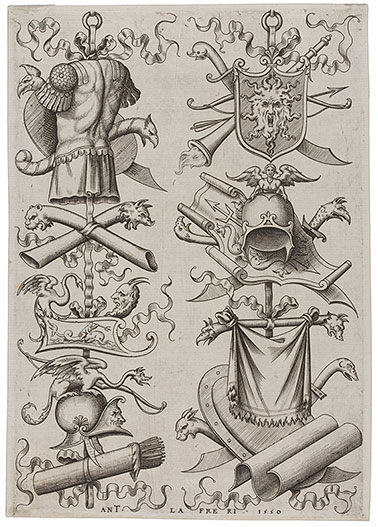


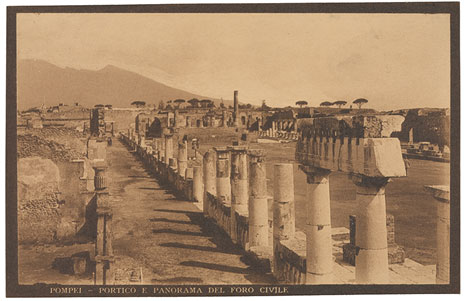
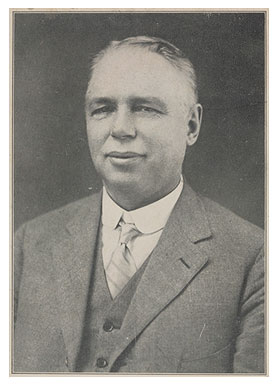

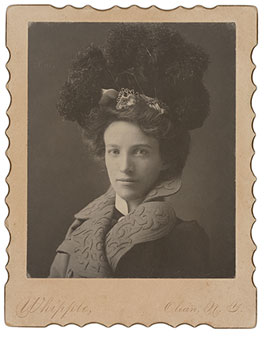


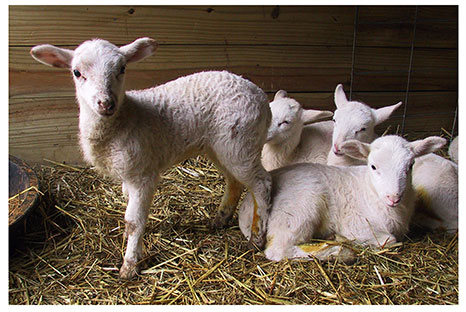
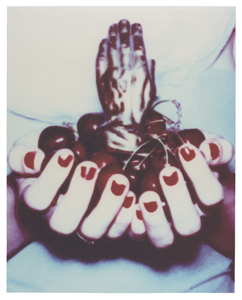

 Graphics Atlas is a web-based resource created by the
Graphics Atlas is a web-based resource created by the